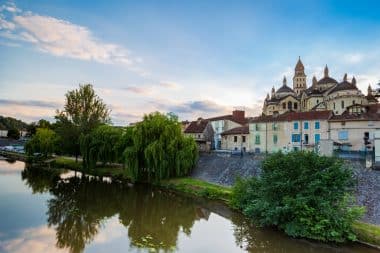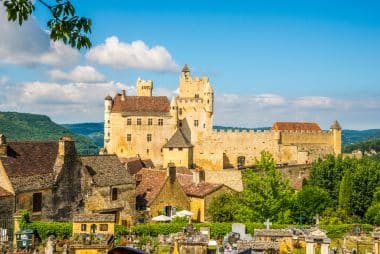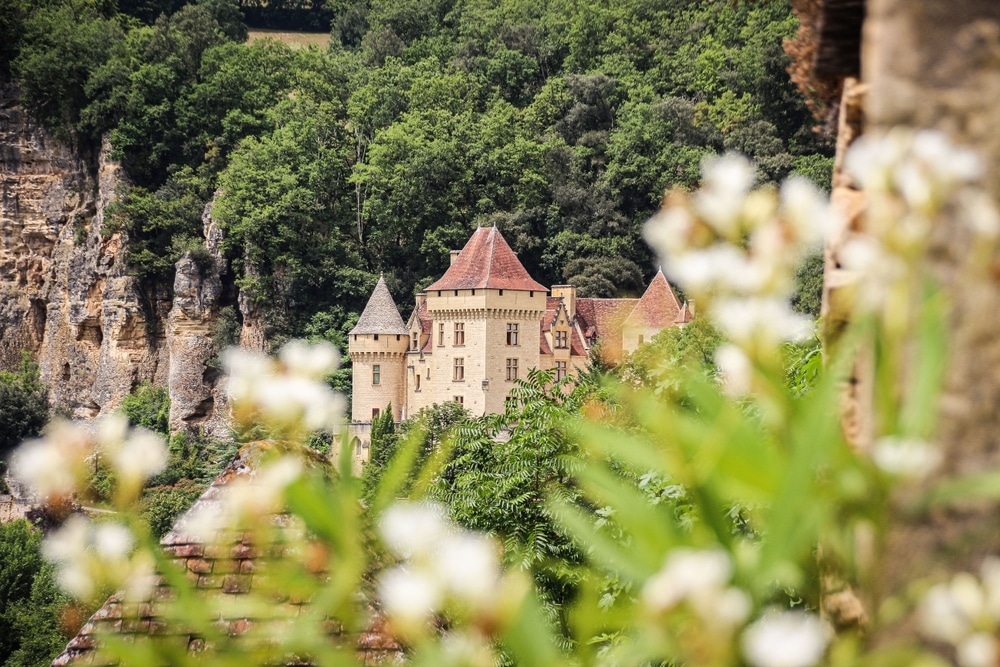France has been quite popular as a holiday destination for many decades. But if you don’t want to go to Paris, Bordeaux or Corsica and thus shy away from the tourist highlights, you will find a great destination in the Périgord. Because the entire area is not only historically interesting, but it also has wide landscapes that can be hiked. But what exactly can visitors expect from this region, which, unlike other parts of France, is not yet too well known?
The leap into another time
It is hardly possible for travellers to explore the entire Périgord – and thus get to know the stretch of land in the southwest of France that stretches almost in a circle with a diameter of around 100 kilometres in the Dordogne. A slightly hilly, green-covered area, crisscrossed by old towns and castles worth seeing, which exerts a very special charm on many visitors: memories of the Middle Ages are quickly awakened. Certainly, time has not stood still here. There are certainly modern industrial areas nearby. Nevertheless, the region presents itself almost untouched. A small paradise for those who appreciate a little seclusion in nature.
Inhabited as early as the Stone Age

The first inhabitants of the Périgord date back to a time 32,000 years ago. At that time, the caves located here – which can still be visited today – offered enough protection from bad weather and wild animals. Around 1,400 years ago, however, the construction of castles and fortresses began, resulting in the first real settlement of the area. Especially from the modern era, which was accompanied by the expansion of the previously founded cities, numerous bourgeois houses can still be seen that bear witness to the wealth of the Périgord – the fortune of the society was mainly generated by the cultivation and sale of wine.
Stroll between narrow streets
Cities such as Sarlat-la-Canéda, Beaumont or Périgueux still look as if they have fallen out of time. All the nicer that holidaymakers can move into their accommodation here in houses that come from the 17. and the 18th century. The somewhat clunky walls made of wood and stone leave an impressive impression on the viewer. However, the dense development of the cities provides cooling shade, especially in summer. By the way, the guests should not be dazzled: Many of the cities look as if they had never been fought over. However, during the Second World War, the French resistance – the Resistance – found its largest concentration of people and weapons here. The rich history of the places is noticeable.
A visit to the castles

Located in Beynac, the castle of Hautefort or the bastide of Monpazir – all built between the 13th and 17th centuries – are just three striking sites that allow you to immerse yourself in history. After all, the region was important for both France and England. So if you’ve always wanted to walk in the footsteps of Richard the Lionheart, you’ll find the opportunity here. Especially since various relics can be found in the castles and palaces that were used by citizens and rulers in everyday life more than 500 years ago. From the sparsely furnished chamber to the magnificently decorated halls, the Middle Ages can be experienced up close here.
Traces of the first settlers
For holidaymakers, however, it makes sense to take another step back – and open an earlier chapter of the Périgord. Archaeological finds can be discovered near the Lascaux IV cave. The actual cave has now been permanently closed due to the high number of visitors. Nevertheless, guests are allowed to enter a true-to-the-original replica right next to it and view the treasures left behind by the inhabitants more than 30,000 years ago. A journey to the roots of human history that not only has a lot to say about the Périgord, but also gives an idea of the rapid development of its society.
Enjoy hikes in nature
In addition, the silence of the landscape lends itself to relaxing walks. Since mild to warm weather prevails from spring to autumn, but it rarely gets hot, no energy-sapping efforts are to be expected. Another advantage: The area is slightly hilly, but not mountainous. Even laymen who have not previously undertaken long hikes do not have to fear such an excursion. Extensive forests, lush vines, green meadows – plus the castles and palaces visible from afar, which delight the view. And if you bring sturdy shoes, you can even pay a visit to the cave of Padirac – and embark on a more than 100-metre-long descent into the depths.
Benefiting from culinary tradition
Every day of your holiday can end in places like Beaumont or Sarlat-la-Canéda. Most travelers will find their hotel there anyway. In the narrow streets, they can also visit many a restaurant that offers traditional dishes. In addition to strong red wines, regional dishes are often served: meat and game, strong cheese, bread – and of course the world-famous truffles. They may make the bill grow quickly, but they are worth tasting at least once. And if you fear for your slim body figure in the not so light cuisine, you can get back in shape the next day on long hikes.


